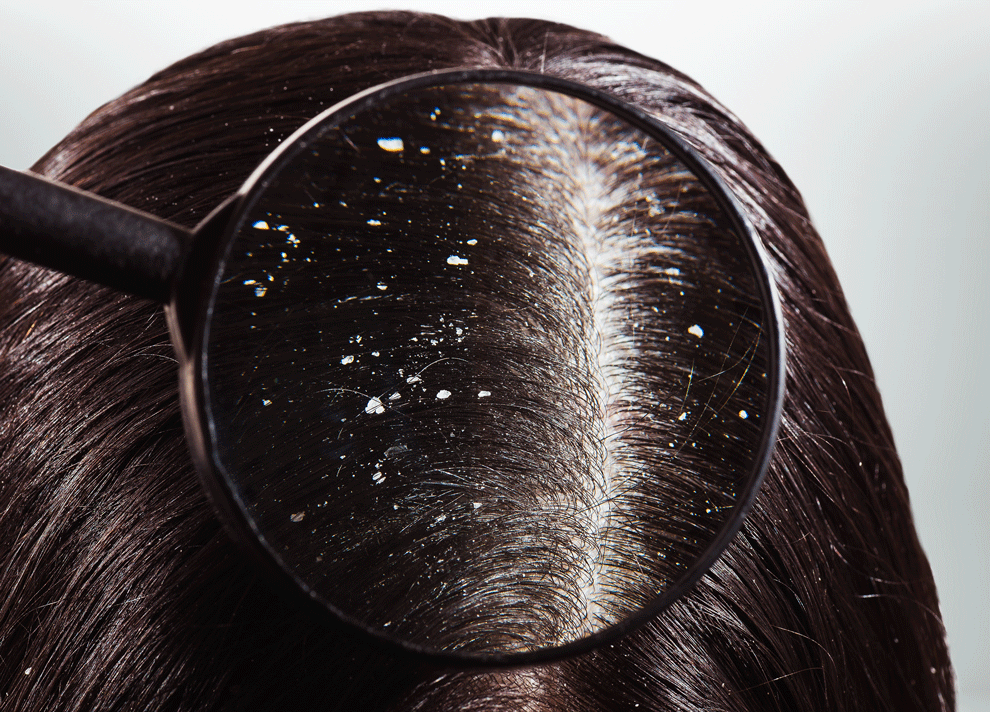
Winter brings with it cozy sweaters, warm drinks, and festive cheer, but for many, it also comes with the unwelcome problem of dandruff. This common scalp condition often worsens during colder months, leaving many scratching their heads—literally. Let’s break down the types, causes, and, most importantly, prevention tips for winter dandruff.
Types of Winter Dandruff
Dandruff isn’t a one-size-fits-all condition. Identifying the type you’re dealing with is the first step to effective management.
1. Dry Scalp Dandruff
Cold weather and indoor heating can strip the scalp of moisture, leading to dryness. This type of dandruff is characterized by small, white flakes and an itchy scalp.
2. Oily Scalp Dandruff
Some people produce excess sebum in winter due to changes in humidity and temperature. This can lead to oily dandruff, which appears as larger, yellowish flakes that often stick to the scalp.
3. Fungal Dandruff
Caused by the overgrowth of a yeast-like fungus called Malassezia, this type of dandruff thrives in oily scalps and can worsen with the use of certain hair products or changes in weather.
Causes of Winter Dandruff
- Dry Air: The lack of humidity in winter air dehydrates the scalp, making it more prone to flaking.
- Indoor Heating: Prolonged exposure to heaters exacerbates dryness and irritation.
- Reduced Hair Washing: People often wash their hair less in winter, leading to a buildup of oils and dead skin cells.
- Dietary Changes: Winter diets can sometimes lack essential nutrients like zinc and omega-3 fatty acids, which are crucial for scalp health.
- Stress: Increased stress during the holiday season can worsen dandruff symptoms.
Prevention Tips
1. Moisturize Your Scalp
Use a hydrating scalp treatment or oil, such as coconut or argan oil, to lock in moisture. Avoid heavy oils that may clog pores.
2. Wash Hair Regularly
Even in winter, it’s essential to maintain a regular hair-washing schedule to prevent buildup. Use a mild, anti-dandruff shampoo containing ingredients like zinc pyrithione, salicylic acid, or ketoconazole.
3. Avoid Hot Showers
While a hot shower may feel heavenly, it can strip your scalp of its natural oils. Opt for lukewarm water instead.
4. Exfoliate Your Scalp
Use a gentle scalp scrub once a week to remove dead skin cells and improve blood circulation.
5. Stay Hydrated and Eat Well
Drink plenty of water and include foods rich in zinc, biotin, and omega-3 fatty acids to promote scalp health.
6. Use a Humidifier
Adding moisture to the air with a humidifier can prevent your scalp from becoming too dry.
7. Choose the Right Hair Products
Avoid products with harsh chemicals or heavy fragrances, as these can irritate the scalp and worsen dandruff.
When to See a Specialist
If your dandruff persists despite following these tips, it may be time to consult a dermatologist or trichologist. They can recommend stronger treatments or identify underlying scalp conditions such as psoriasis or seborrheic dermatitis.
Final Thoughts
Winter dandruff may be annoying, but it’s not undefeatable. Understanding its types and causes allows you to take proactive steps to manage and prevent it. By incorporating these tips into your hair care routine, you can enjoy a flake-free winter and focus on making the most of the season. At Hair Ensure Trichology Clinic in Vadodara, we offer expert solutions for scalp and hair care. Contact us to learn how we can help you achieve a healthy, dandruff-free scalp all year round.

